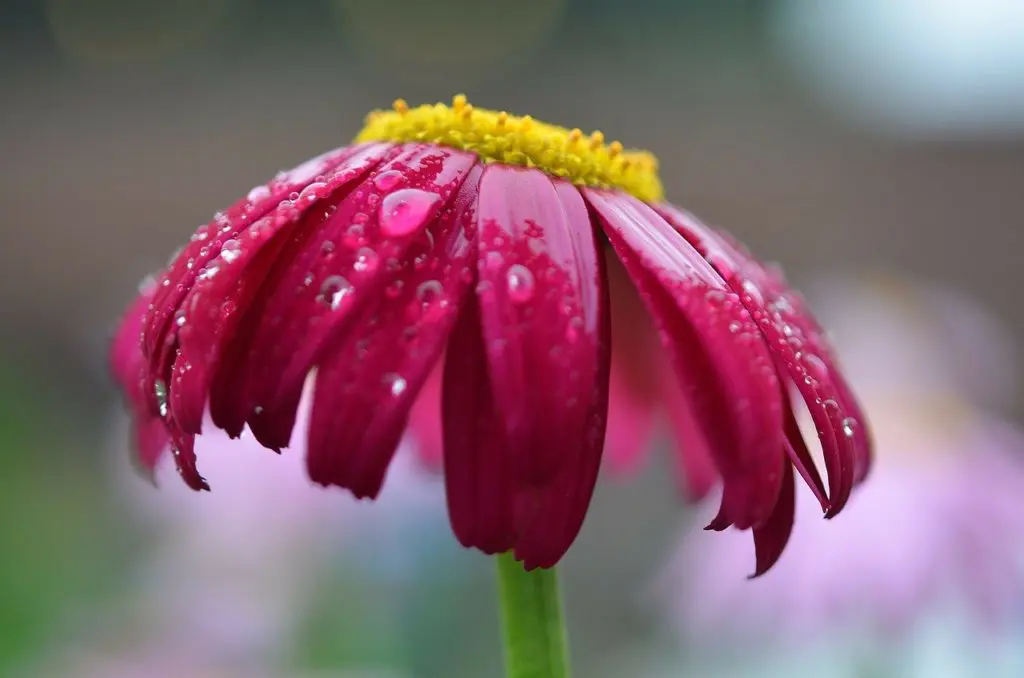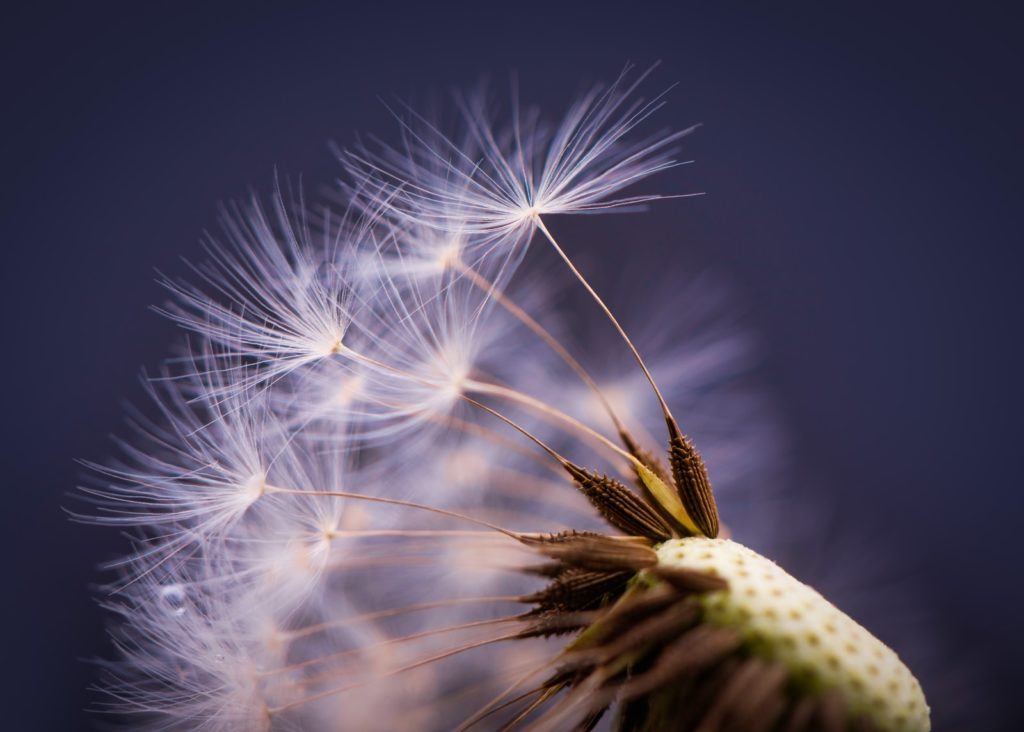Let us assume that everyone reading this does not own a macro lens. Now, ask yourself, “What is it that makes a macro lens so special?”
One way to answer that question is to say that a macro lens does the opposite of a traditional lens.
In very simplistic terms, a traditional lens takes a subject and shrinks it down to the size of your camera sensor, while a macro lens takes a subject and blows it up to the size of your camera sensor.
A macro lens is capable of focusing on a subject at very close distances to create a life-size (1:1) reproduction.
So, what can you do with a macro lens?
The most obvious answer is macro photography.
All those amazing close-ups you’ve seen of insects and flowers, for example, that show details not perceptible by the naked eye under normal circumstances have likely been captured using a macro lens.
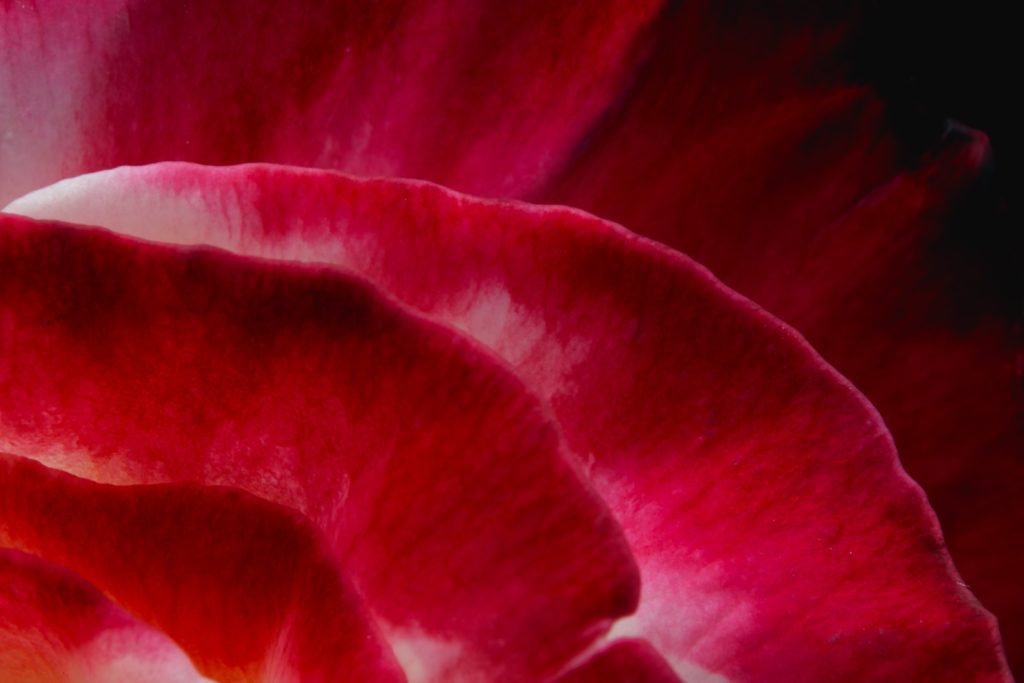
If you’ve ever wanted to dive into the world of macro photography — making small subjects big — there are ways to go about it without buying a macro lens: close-up lens filters and extension tubes are a couple of practical options. But the fact is nothing beats a dedicated macro lens.
If, however, you’re apprehensive about buying a lens that you won’t use very often, rest assured that a macro lens isn’t a one-trick pony.
Here are two other types of photography you can do with a macro lens.
Use a Macro Lens for Portrait Photography
If you ask a portrait photographer about their favorite focal length, you’ll likely get responses such as 50mm, 105mm, and 200mm. Macro lenses are available in a very similar range of focal lengths — from normal to telephoto.
Macro lenses are designed to have edge-to-edge sharpness, which is something traditional portrait lenses don’t typically possess. So if you’re a sharpness-obsessed photographer, this might be an ideal solution.
The close focus abilities of macro lenses also make it easier to fill the frame with your subject’s face (or parts of your subject’s face), though you should probably use great discretion when it comes to who you photograph this way. The combination of high sharpness and close focus has the potential to be quite unflattering.
Most macro lenses max out at an aperture of f/2.8, compared to f/1.8, f/1.4 or even f/1.2 seen on many beloved portrait lenses, so keep in mind that you won’t be wow’d by the bokeh rendered by macro lenses, and they won’t be as effective in low light situations.
For those reasons, many people doing portrait photography consider using a macro lens.
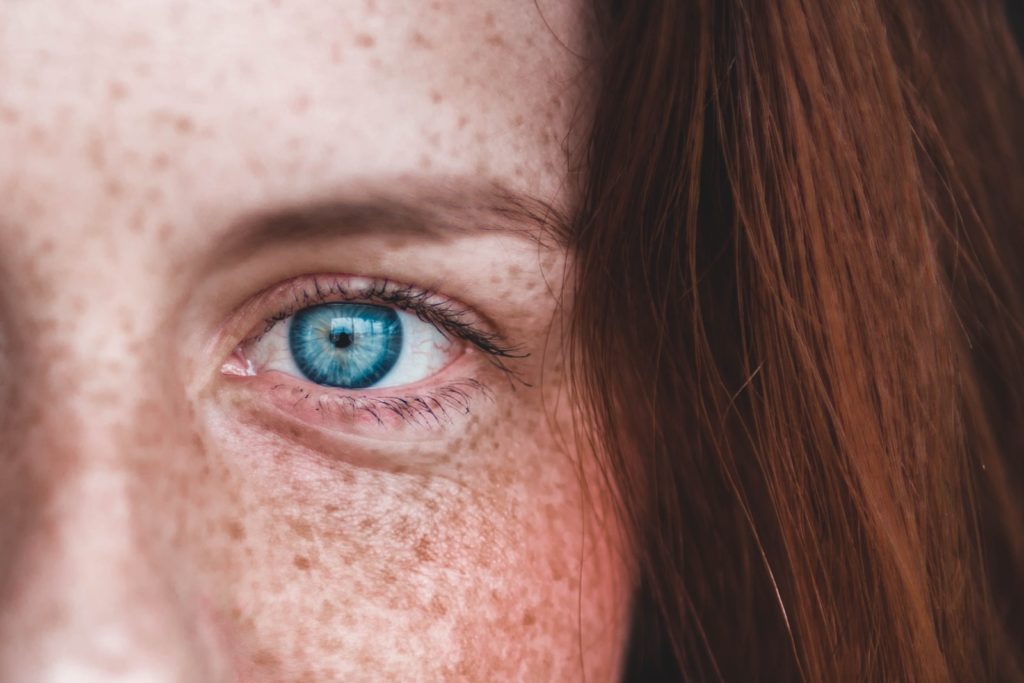
Using a Macro Lens for Landscape Photography
Landscape photography is often associated with wide angle lenses, but this is by no means something every landscape photographer abides by.
Depending on the setting a 50mm or longer lens makes a wonderful landscape lens, and if that lens is a macro lens, even better.
Why?
Because of the edge to edge sharpness of macro lenses. Wide angle lenses tend to be soft in the corners or edges, so it’s important to frame landscapes with that in mind. With a macro lens, you don’t have to worry — the image will be sharp and distortion-free across the frame.
Additionally, using a macro lens means that after you’ve finished capturing scenic shots you can then use the same lens to get highly detailed shots (actual macro shots) of other things in your environment.
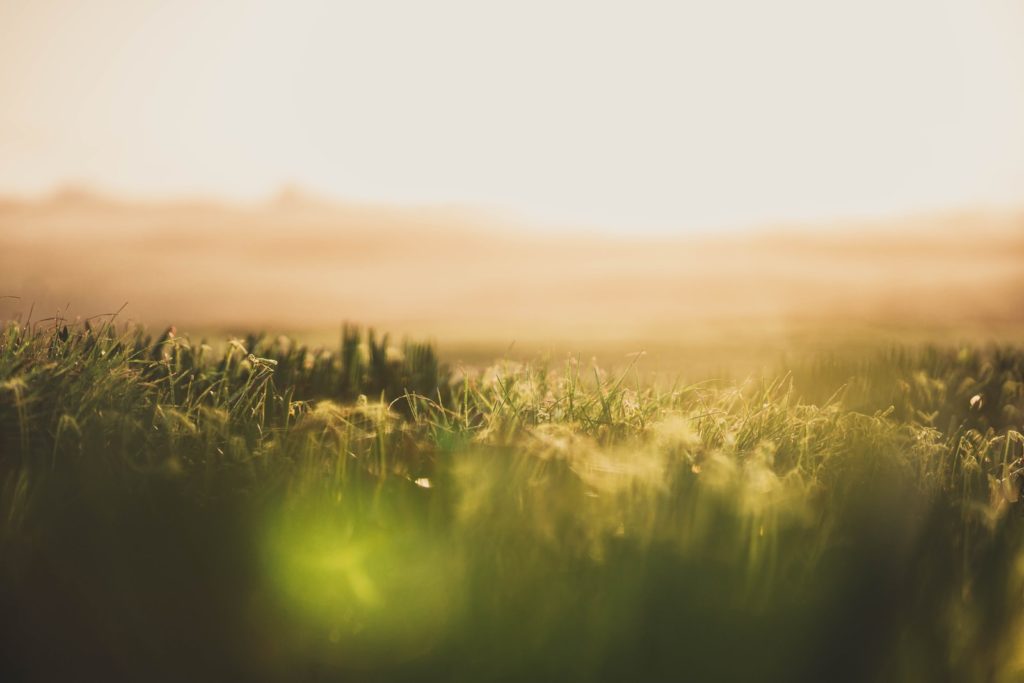
Final Thoughts
If you were on the fence about picking up a macro lens, hopefully you can see from the above that it is a worthwhile investment, as you will surely get so much more out of your lens than strictly macro abilities.
Using a macro lens for non-macro applications can open up creative options and pave the way for making work that stands out from the pack.
Further Reading

